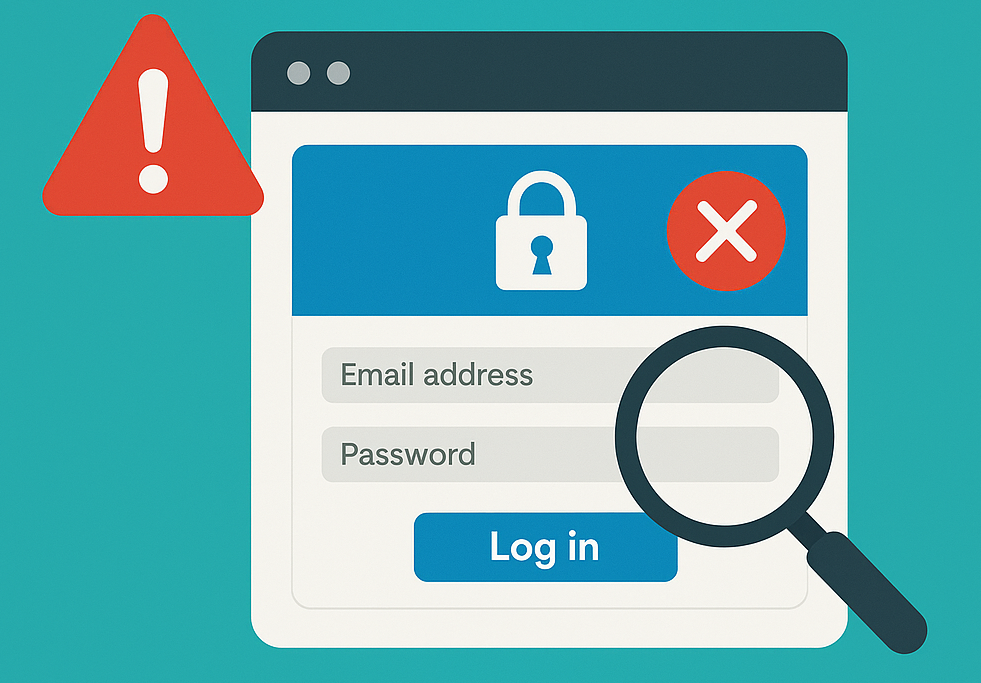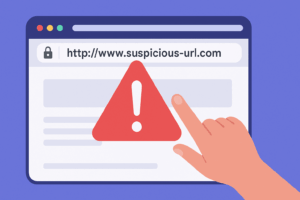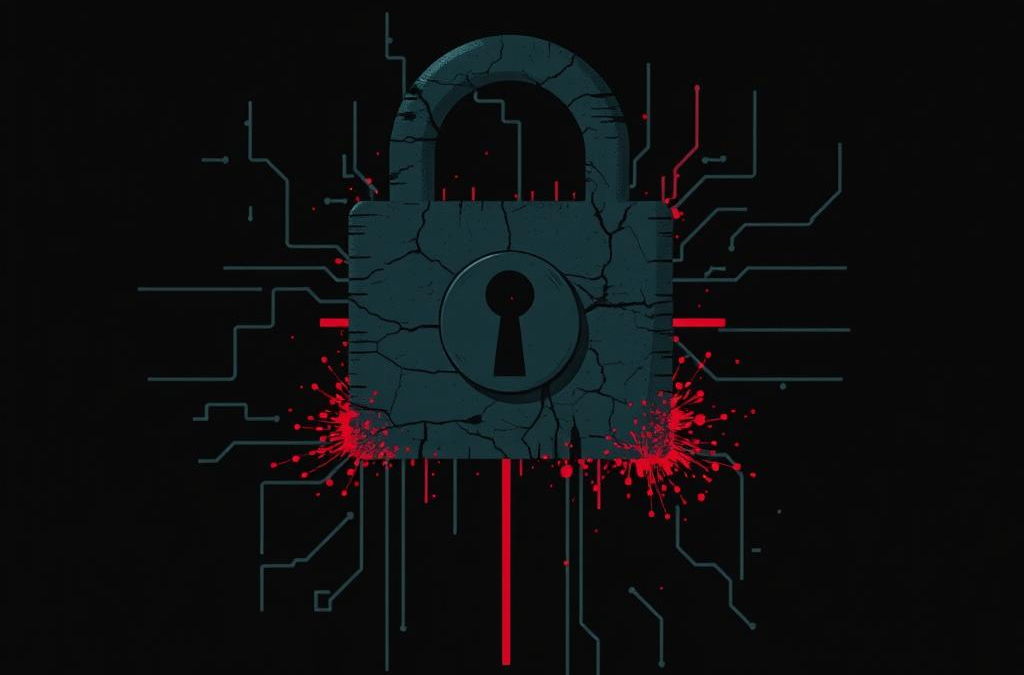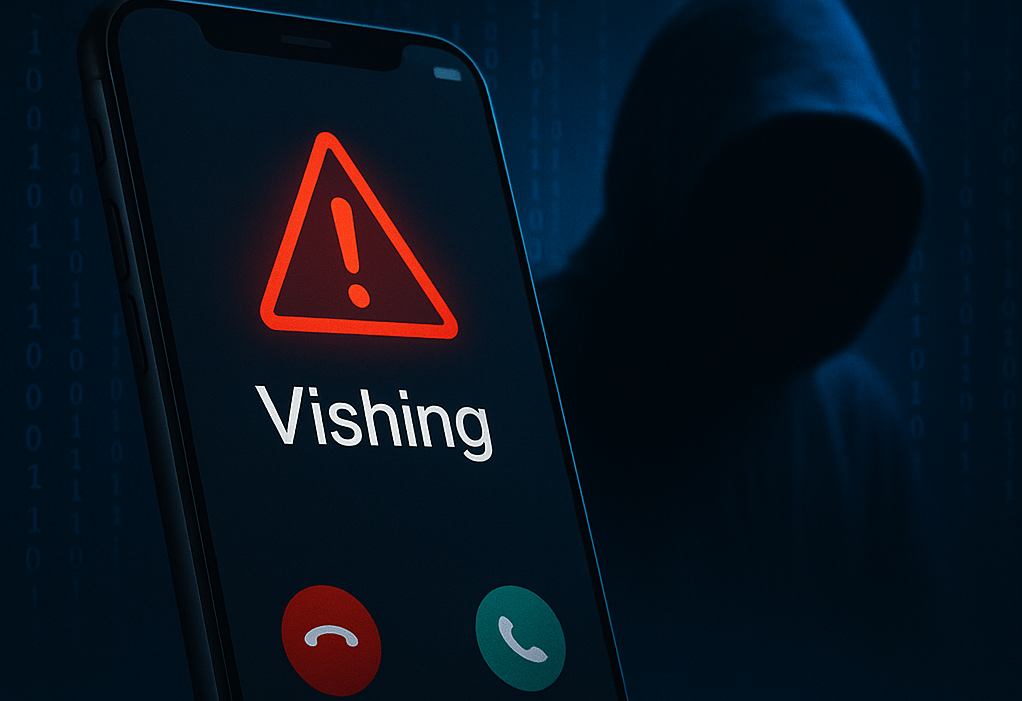In today’s digital world, phishing attacks have become increasingly sophisticated, targeting users through convincing fake login pages. Whether you’re accessing your email, banking, or social media accounts, one wrong click can expose your sensitive data. So how can you protect yourself?
In this article, we’ll break down how to identify a fake login page, the signs to look for, and actionable steps you can take to avoid falling victim to phishing scams.
What Is a Fake Login Page?
A fake login page is a fraudulent web page designed to mimic the appearance of a legitimate website in order to trick users into entering their credentials. These pages are often sent via phishing emails, SMS messages, or malicious ads.
7 Clear Signs of a Fake Login Page
1. Check the URL Carefully
Before entering any information, look at the website address in the browser:
-
Does it match the official domain? (e.g.,
login.microsoft.comvs.micr0soft-login.com) -
Is it using HTTPS? While HTTPS is not a guarantee of legitimacy, its absence is a red flag.
-
Look out for typos, extra subdomains, or non-standard TLDs (like
.xyz,.info).
🔎 Pro tip: Use tools like VirusTotal to scan suspicious links.
2. Suspicious Design or Layout
If the page looks slightly off — pixelated logos, odd spacing, broken images — you’re probably looking at a fake. Cybercriminals often clone legitimate sites, but subtle errors can give them away.
3. Unexpected Login Requests
Be wary of being redirected to a login page when:
-
You weren’t trying to log in
-
The link came from an unsolicited email or SMS
-
You’re asked to “log in again” after already being signed in
4. Poor Grammar and Spelling Mistakes
Official websites are carefully proofread. If the login page has grammatical errors, awkward phrasing, or inconsistent language, treat it with suspicion.
5. No Clickable Logo or Broken Navigation
Legit websites often allow you to click their logo to return to the homepage. If nothing happens when you click it, or if navigation menus are broken or missing, that’s a red flag.
6. Unusual Pop-Ups or Download Prompts
If a login page prompts you to download a file or install a browser extension, close the tab immediately. That’s not standard behavior.
7. Login Fields Don’t Behave Normally
Try clicking into the username or password field — do they respond normally? If they behave oddly, delay your keystrokes, or display strange animations, the page could be using keylogging scripts.
How to Protect Yourself from Fake Login Pages
Here’s how to build a strong defense:
-
Use a password manager: They only autofill on legitimate sites.
-
Enable multi-factor authentication (MFA): Even if your password is compromised, MFA adds a layer of security.
-
Install browser security plugins like uBlock Origin, HTTPS Everywhere, or Bitdefender TrafficLight.
-
Stay updated: Keep your browser and antivirus tools current to block malicious pages.
-
Never click links in suspicious emails. Always type the web address directly into your browser.
Why Fake Login Pages Are So Effective
Cybercriminals leverage human trust and urgency. Messages like “Your account will be closed in 24 hours” create panic, leading users to click without thinking. Combined with professional-looking clone pages, even tech-savvy users can be fooled.
Fake login pages are one of the most common — and dangerous — phishing techniques on the web. By staying vigilant, checking URLs, and using protective tools, you can avoid falling into these traps.
Stay alert, stay safe — and always double-check before you log in.







